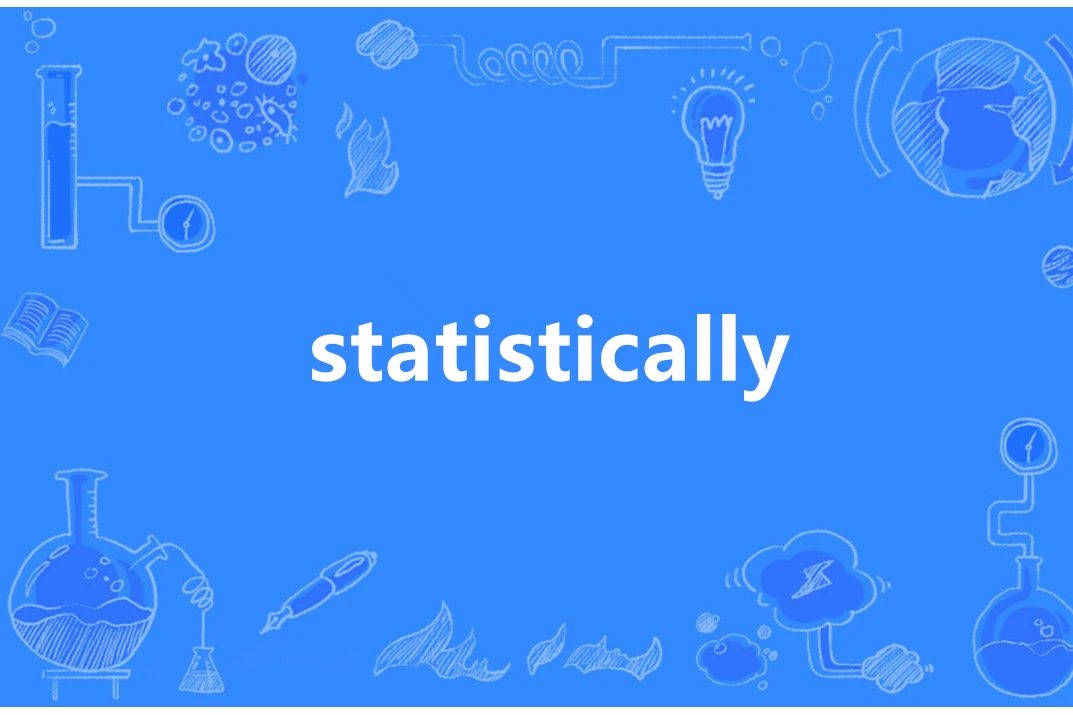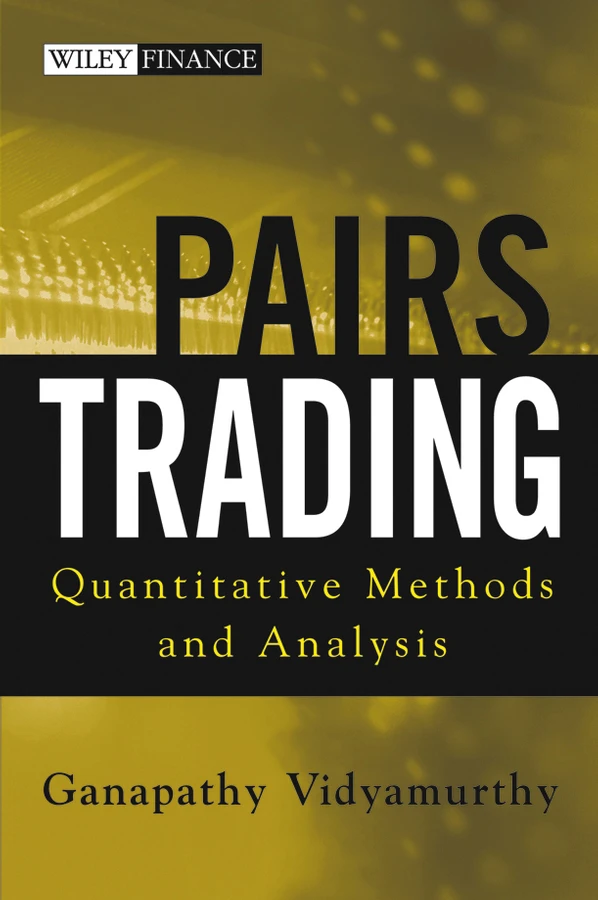=================================================================
Introduction
Statistical arbitrage, often referred to as stat arb, is one of the most influential and profitable strategies in modern quantitative finance. From hedge funds to investment banks, traders rely on statistical arbitrage to identify pricing inefficiencies, capture short-term profits, and manage portfolio risks. But how does statistical arbitrage work in practice, and what makes it such a popular strategy among quantitative analysts?
In this in-depth guide, we will break down the mechanics of statistical arbitrage, explore multiple strategies, highlight their strengths and weaknesses, and provide actionable insights based on both industry trends and real-world experience. Whether you are a beginner exploring quantitative trading or a professional refining your strategy, this article will give you the comprehensive knowledge you need.
What is Statistical Arbitrage?
Definition
Statistical arbitrage is a market-neutral trading strategy that uses mathematical models, statistical correlations, and quantitative algorithms to exploit short-term mispricings between related financial instruments. Unlike traditional arbitrage, which seeks risk-free profits, stat arb assumes some risk but attempts to minimize it through diversification and hedging.
Why Use Statistical Arbitrage?
- Market Neutrality: Profits are designed to be independent of market direction.
- Data-Driven Edge: Relies on statistics and algorithms rather than subjective opinions.
- Scalability: Can be applied across equities, ETFs, commodities, currencies, and derivatives.
- Popularity in Hedge Funds: Major hedge funds like Renaissance Technologies and DE Shaw have built fortunes leveraging stat arb.
Core Principles of Statistical Arbitrage
1. Mean Reversion
The core idea is that asset prices tend to revert to their long-term equilibrium. Stat arb models identify deviations from this mean and position trades accordingly.
2. Correlation and Cointegration
Statistical arbitrage often exploits relationships between pairs or groups of securities. If historically correlated assets diverge, a stat arb trader bets on convergence.
3. High-Frequency Execution
Many stat arb strategies depend on speed and execution efficiency, requiring advanced technology and low-latency systems.
How Does Statistical Arbitrage Work in Practice?
Step 1: Data Collection
Gather historical price, volume, and correlation data for assets of interest.
Step 2: Model Development
Use mathematical models (e.g., cointegration tests, regression models, or machine learning algorithms) to detect mispricings.
Step 3: Signal Generation
When prices deviate significantly from expected relationships, the algorithm generates buy/sell signals.
Step 4: Trade Execution
Automated systems execute trades simultaneously to exploit pricing inefficiencies.
Step 5: Risk Management
VaR (Value at Risk), stop-losses, and portfolio diversification are used to minimize downside exposure.

Popular Statistical Arbitrage Strategies
1. Pairs Trading
Pairs trading is the simplest form of stat arb, involving two correlated securities (e.g., Coke vs. Pepsi). When the spread widens, the trader shorts the outperformer and buys the underperformer, betting that prices will converge.
Advantages:
- Simple to understand.
- Effective in stable markets.
Drawbacks:
- Limited opportunities in volatile environments.
- Performance deteriorates if correlations break down.
2. Index Arbitrage
Traders exploit discrepancies between an index and its constituent stocks (e.g., S&P 500 futures vs. basket of underlying equities).
Advantages:
- Scalable across markets.
- Common in institutional strategies.
Drawbacks:
- Requires fast execution.
- Susceptible to transaction costs.
3. Machine Learning-Based Statistical Arbitrage
Modern funds are leveraging AI/ML to identify non-linear correlations and hidden patterns across thousands of assets.
Advantages:
- Captures complex relationships.
- Adapts dynamically to market changes.
Drawbacks:
- Computationally expensive.
- Risk of overfitting models.
Comparing Strategies: Which Works Best?
| Strategy | Complexity | Accuracy | Best Use Case |
|---|---|---|---|
| Pairs Trading | Low | Moderate | Retail traders, beginners |
| Index Arbitrage | Medium | High | Institutional investors |
| ML-Based Stat Arb | High | Very High | Hedge funds, quant teams |
From experience, pairs trading is the best entry point for beginners, while machine learning models are powerful for hedge funds with access to advanced infrastructure.
Where is Statistical Arbitrage Used?
Stat arb is widely applied across global markets:
- Equities: Exploiting correlations between similar stocks.
- ETFs & Indices: Identifying index mispricing.
- FX & Commodities: Detecting arbitrage opportunities across cross-currency and commodity spreads.
- Derivatives: Options and futures mispricings provide fertile ground for advanced stat arb strategies.
For traders interested in how to implement statistical arbitrage, the process usually begins with simple pair selection and expands into more complex algorithmic modeling as experience grows.
Strengths and Weaknesses of Statistical Arbitrage
Strengths
- Market-neutral positioning.
- Broad applicability across markets.
- Highly adaptable with machine learning.
Weaknesses
- High reliance on accurate data.
- Vulnerable during financial crises when correlations break down.
- Requires constant recalibration to remain effective.
Industry Trends in Statistical Arbitrage
- Rise of AI and Deep Learning: Enhancing predictive accuracy and execution.
- Alternative Data Integration: Using sentiment, satellite images, and news analytics.
- Increased Regulation: Stat arb strategies must comply with stricter reporting requirements.
- Cloud-Based Infrastructure: Democratizing access to advanced computing power for smaller funds.
FAQ: How Does Statistical Arbitrage Work?
1. Is statistical arbitrage risk-free?
No. Unlike pure arbitrage, statistical arbitrage assumes risk because correlations may fail or markets may remain irrational longer than expected. Proper risk management is essential.
2. Can retail traders use statistical arbitrage?
Yes, but with limitations. Retail traders can apply simple pairs trading strategies with limited capital. However, large-scale stat arb requires sophisticated algorithms, execution systems, and access to institutional-level data.
3. How to profit from statistical arbitrage consistently?
Profits come from diversification, model robustness, and disciplined execution. Successful stat arb traders continually backtest, monitor correlations, and refine their models to adapt to evolving markets.
Visual Examples

Machine learning models identifying hidden correlations in financial markets
Conclusion
So, how does statistical arbitrage work? It leverages statistical models, historical correlations, and advanced algorithms to exploit market inefficiencies. From simple pairs trading to complex machine learning-driven strategies, stat arb provides a flexible framework for traders across different levels of expertise.
While it is not risk-free, statistical arbitrage remains one of the most effective strategies for market-neutral profits. For beginners, starting with pairs trading is a practical approach, while professionals can expand into AI-driven models for greater scalability.
If you found this article valuable, share it with your network and join the discussion below. How are you applying statistical arbitrage in your own trading strategies?

0 Comments
Leave a Comment